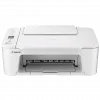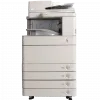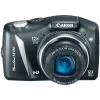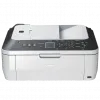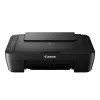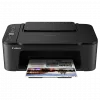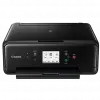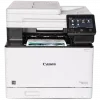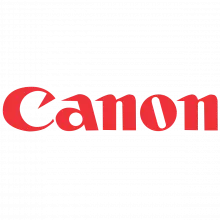
Canon Inc. (キヤノン株式会社) Kiyanon kabushiki-gaisha is a Japanese multinational corporation specialized in the manufacture of imaging and optical products, including cameras, camcorders, photocopiers, steppers, computer printers and medical equipment. Its headquarters are located in Ōta, Tokyo, Japan.
The company was originally named Seikikōgaku kenkyūsho (jap. 精機光學研究所, Precision Optical Industry Co. Ltd.). In 1934 it produced the Kwanon, a prototype for Japan’s first-ever 35 mm camera with a focal plane based shutter. In 1947 the company name was changed to Canon.
